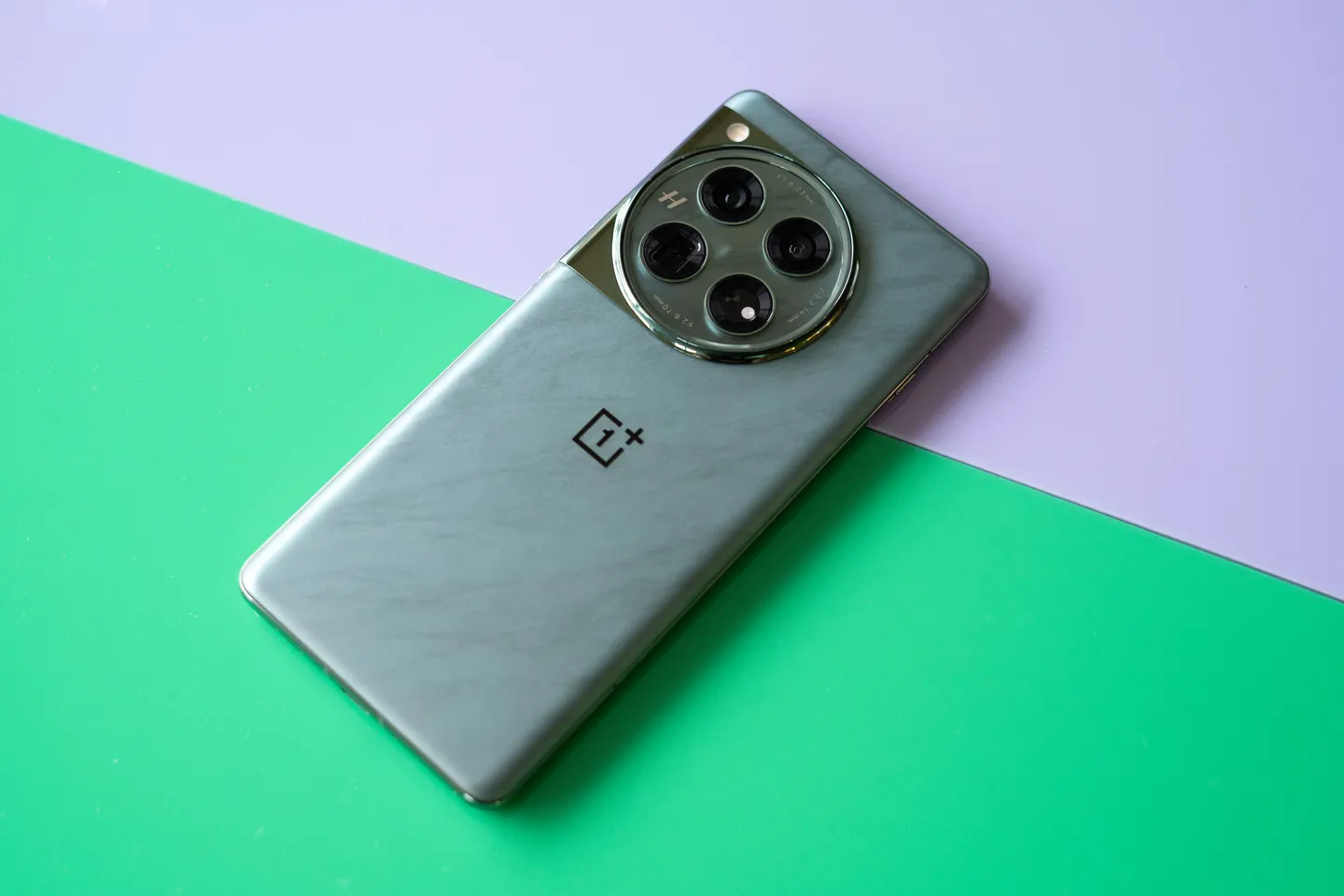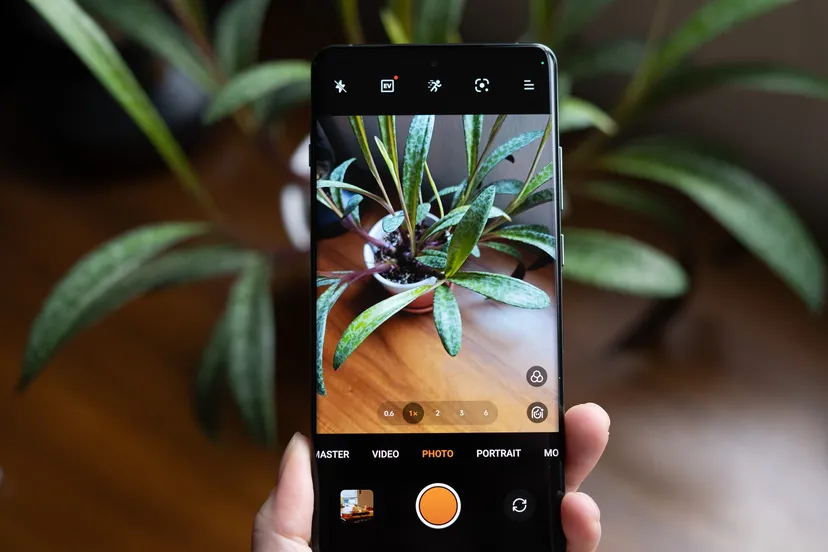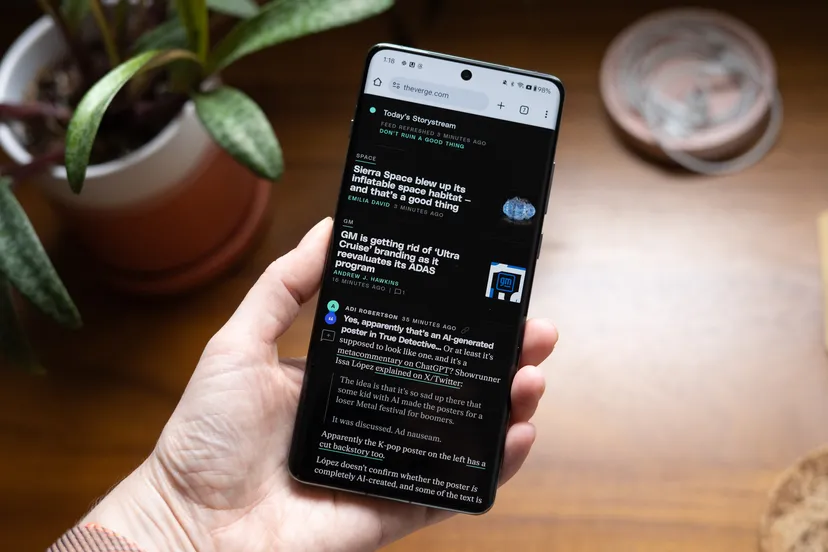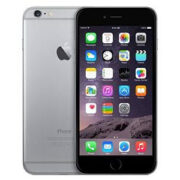
Contrary to the prevailing trend in mobile technology, OnePlus’ flagship phone seems to be opting out of the current craze, a distinction that becomes more evident following Samsung’s Unpacked AI extravaganza. The OnePlus 12 is not fixated on chasing the latest cutting-edge features; instead, it’s returning to the fundamentals. And, in my opinion, it’s getting them right—certainly much closer to the mark than OnePlus has in the past three years.
Table of Contents
If you are looking to buy Android smartphones at a great discounted price, then click here.
OnePlus 12 Battery Life
What’s not dominating the current mobile tech discourse? Battery life. What matters significantly to individuals purchasing a phone? Battery life. OnePlus dedicated considerable effort to this aspect, and the results are noteworthy: the battery performance ranks among the best of any major flagship phone I’ve tested in the last six months. Wireless charging, now considered a prerequisite for a flagship phone in 2024, makes a comeback after being absent in the OnePlus 11. Moreover, OnePlus has elevated the IP rating from IP64 to IP65, instilling a bit more confidence in its long-term durability.
Read: Apple Vision Pro To Feature Higher-End M2 Chipset
OnePlus 12 Price
These enhancements do come with a price: an additional hundred dollars, bringing the cost to $799 compared to the OnePlus 11’s $699. However, this price point remains relatively low for a high-end phone in 2024, especially considering the substantial 6.8-inch display. In essence, the OnePlus 12 constitutes a more appealing overall package than its predecessor, positioning itself as a phone deserving of a “Pro” or “Plus” designation while still being priced a few hundred dollars lower.

None of these features represent the kind of groundbreaking technology featured in Samsung or Google advertisements for their latest phones. However, at this juncture, AI on mobile devices hasn’t unequivocally proven itself to be indispensable. While Galaxy or Pixel phones offer added allure within their ecosystems or if you’re a user of devices like the Galaxy Watch or the Pixel Recorder app (like myself), these AI features haven’t yet demonstrated an absolute necessity.
Also Read: What Is QR Code Scam? Red Flags and Safety Measures]
OnePlus 12 AI
Moreover, there’s a possibility that those flashy new AI features may come with an additional cost down the line. If you’re not already committed to another Android ecosystem, prefer to avoid the current hype cycle, or simply seek a phone that excels at fundamental phone functionalities, then the OnePlus 12 could very well be the ideal choice.
Also Read: Best Five Samsung Galaxy Phones
Priced well below $1,000, the OnePlus 12 impressively delivers top-notch processing power, spearheaded by its Snapdragon 8 Gen 3 processor. While OnePlus doesn’t introduce any proprietary AI features like generative AI photo editing or automatic language translation during phone calls, the utilization of this chipset ensures readiness for any AI services that Google might eventually bundle and offer through a Google One subscription.
- How to Switch Car Insurance Companies Without a Hassle
- Spinning a Yarn of Fun: The Pin Up Betting Platform Ultimate Review
- Secrets of Creating Ultimate Man’s Cave
- Experience Pure Audio Bliss with OnePlus This World Music Day
- Kroll’s Celebrity Brand Valuation Report: Virat Kohli Reclaims Top Spot
Also Read: Best Doorbell Cameras in Budget
Furthermore, the base model of the OnePlus 12, priced at $799, provides a generous configuration of 12GB of RAM and 256GB of storage. Opting for the $899 model grants you even more with 16GB of RAM and 512GB of storage, mirroring the configuration of my review unit. To put it in perspective, both the $799 Samsung Galaxy S24 and the $699 Google Pixel 8 offer 8GB of RAM and 128GB of storage. In practical terms, the OnePlus 12 proves itself capable of handling virtually anything thrown at it. While it does warm up noticeably during intensive gaming, it otherwise navigates through heavy processing tasks with ease.
OnePlus 12 Processor
OnePlus informs us that it collaborated directly with Qualcomm to extract an additional 30 minutes of battery life, supplementing the capabilities inherent in the Snapdragon 8 Gen 3 out of the box. While testing this claim precisely is a challenging feat, I can attest that I seamlessly navigated through a full day of travel, including enduring a two-hour flight delay, without encountering any issues. During the flight, my seatmate expressed concern about her nearly depleted phone battery, desperately searching for an outlet. Meanwhile, I continued scrolling through Threads, untethered to a wall charger or external battery, reveling in my contentment. This was achieved with the always-on display consistently enabled and the screen resolution set to the highest 1440p, not the default 1080p.

OnePlus 12 Charging
As expected, the OnePlus 12 provides exceptionally rapid wired charging, reaching up to 80W with the included adapter and cable. The presence of wireless charging, a feature that intermittently appears in OnePlus’ flagships, is a welcome return in the OnePlus 12. The phone supports up to 50W with the company’s proprietary charger, available for an additional $70, or 15W on a standard Qi charger, provided the charger itself supports 15W. Undoubtedly, the convenience of placing it on a wireless charger and returning an hour later to find it fully charged adds to the phone’s appeal.
However, what truly excites me is the convenience of placing it on the same standard Qi charger I use for every other phone and waking up to a fully charged device. Notably, there’s no Qi2 support here, so those anticipating MagSafe-style accessories will need to opt for a third-party magnet case labeled as “MagSafe-compatible.”
The beloved alert slider makes a return in the OnePlus 12, and for the most part, the design from the OnePlus 11 has been carried over. The rear camera “bump” now features a see-through design with a subtle sparkle that catches the light. The back glass panel adopts a smooth matte finish, which, interestingly, feels even more slippery in hand than a glossy panel. The entire device holds an IP65 rating, indicating full dustproof capability and improved water resistance. The upgrade from IP64 ensures better protection against water spray, making it adept at handling splashes and downpours, though submerging it is not advisable.
OnePlsu12 Screen Details
OnePlus asserts that the screen boasts a peak brightness of 4,500 nits—an impressively high figure. Most other flagship phones claim between 2,000 and 2,400 nits at their brightest, which is typically sufficient for comfortable outdoor use. While I personally didn’t encounter any issues using the OnePlus 12 on a bright day, it’s worth noting that the observed brightness might not match the specified 4,500 nits due to how screen brightness is measured. Regardless, practical use under bright conditions was trouble-free, even if the brightness didn’t quite reach the eye-searing levels suggested by the specifications.
OnePlus 12 OS
Running on Oxygen OS 14, the OnePlus 12’s interface closely resembles Oxygen OS 13. A notable addition is the new Fluid Cloud status indicator, reminiscent of Dynamic Island. However, its functionality seems limited as it currently works with only a select few apps; for instance, ride or food delivery notifications didn’t appear in the icon at the top of the screen, though timers did. The trend seems to be moving towards a future where every phone incorporates some form of Dynamic Island, offering a convenient way to check time-sensitive information regardless of ongoing tasks—a feature worth borrowing from Apple.
OnePlus commits to providing four years of OS upgrades and five years of security updates for the OnePlus 12, a duration likely aligning with the typical ownership span for most users. However, Google and Samsung have recently extended the standard by offering seven years of OS upgrades, coupled with seven years of security updates for their flagship phones. Opting for a seven-year support plan appears appealing in terms of return on investment (ROI) for those seeking longevity from their device. Nevertheless, for many users, a five-year support period might suffice in meeting their practical needs and expectations.
OnePlus 12 Camera
The transition from a 2x to a 3x telephoto lens may not seem significant on paper, but the enhanced telephoto camera on the OnePlus 12 brings about a tangible improvement. It allows you to get a bit closer to distant subjects, capturing finer details, and offers a more flattering angle for portrait shots. Equipped with optical image stabilization and featuring a 64-megapixel sensor, the telephoto lens provides ample resolution, enabling the utilization of lossless crop zoom by leveraging the pixels in the middle of the chip.
In low-light conditions, the telephoto lens may face challenges in maintaining fast shutter speeds for moving subjects, a hurdle that remains unsolved across the board for phone makers. However, in well-lit scenarios, the 3x zoom excels in delivering plenty of detail. At 6x zoom, the inherent limitations of a compact mobile camera lens become more pronounced, and details may appear somewhat smudged, albeit only upon close scrutiny. Overall, it marks a substantial improvement over the OnePlus 11.
Related posts:
- The OnePlus Foldable: What Sets It Apart from the Competition
- OnePlus Nord 2 5G Review
- How to catch Shiny Tyrunt and Shiny Amaura in Pokemon GO?
- WhatsApp Security: Trick to Detect Dangerous WhatsApp Links
- Enhanced ChatGPT: Voice Conversations and Image Analysis
- Xiaomi 14 Specs Leaked: Snapdragon 8 Gen 3 and 1.5K Screen Revealed
What's Your Reaction?
One of my friends once said, I am in love with words and a zoned out poser... well, I will keep it the way it has been said! Besides that you can call me a compulsive poet, wanna-be painter and an amateur photographer











